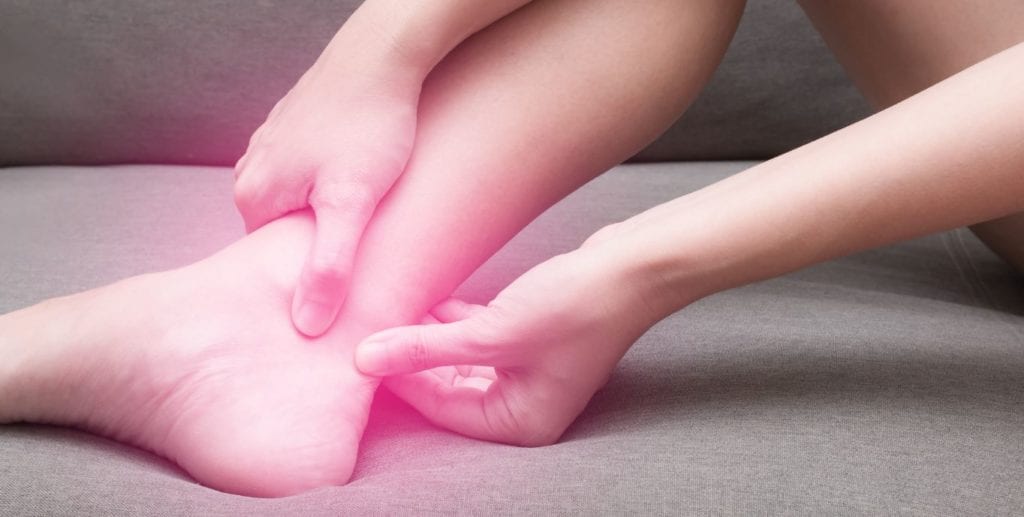
Press release:
A new study from the University of Oxford and the University of Warwick reveals a breakthrough for sportsmen and women in the treatment of Achilles tendon rupture.
Researchers found that early walking in a brace provides similar outcomes to plaster casting with no increase in the risk of complications, paving the way for a big change in the way that patients are treated.
The results from the UKSTAR trial are reported today (Thursday 6 February) in The Lancet.
The study was funded by the National Institute for Health Research (NIHR) and was a multi-centre collaboration between universities and hospitals across the UK.
“This research is particularly important for sportsmen and women of all levels and abilities,” said Matthew Costa, Professor of Orthopaedic Trauma Surgery at NDORMS, University of Oxford. “Achilles tendon rupture keeps people away from sport for many months. For some, it stops them ever returning to their favourite recreational activities, and for professional athletes it can be a career-ending injury. Immediate mobilisation in a brace is a safe alternative to plaster casting after an Achilles rupture and patients report better early outcomes, probably because the brace allows them to walk earlier than the cast.”
Rupture of the Achilles tendon is a serious and increasingly common injury with over 11,000 people from both the sporting and non-sporting populations experiencing the injury each year in the UK.
Some patients are treated with surgery, but non-operative treatment is increasingly preferred, with patients either being treated in a plaster cast to immobilise the foot and ankle or by the use of functional bracing that allows weight-bearing. However, before the UKSTAR study there was little evidence towards which was more effective.
Although traditional plaster cast treatment protected the tendon as it healed, there were problems with casts including the immediate impact on mobility, additional risks associated with prolonged immobilisation, and possible long-term issues arising from gait abnormalities and muscle weakness.
With the bracing method, there were questions around the safety profile, specifically whether the risk of re-rupture was higher, leading to the American Academy of Orthopaedic Surgeons being unable to recommend for or against functional bracing in their 2009 guidelines.
However, the study found that the risk of re-rupture of the tendon in bracing was lower that reported in existing literature. Matthew Costa said: “Traditionally, patients with a rupture of the Achilles tendon are immobilised for several weeks in a plaster cast which restricts their mobility. However, our new research shows that immediate weight-bearing in a walking boot allows the tendon to heal just as quickly and with no increase in the risk of further rupture. Plus, the walking boot treatment is cheaper for the NHS.”
Associate Professor Rebecca Kearney is an academic physiotherapy lead at Warwick Clinical Trials Unit, who has worked collaboratively with Professor Costa in this research area across Warwick and Oxford universities. She said: “This research is answering a question that has been debated for over a decade; early research began at the University of Warwick in 2009 exploring the impact of plaster casts and walking boots on walking patterns and getting back to activities, which led to the development of this trial. We now know that patients who immediate weight bear in a walking boot have better early outcomes, but this is only the beginning of the recovery. We need to do further research exploring how we best rehabilitate patients after the walking boot is discarded. This trial highlighted large variation in rehabilitation provision across the UK for this injury.”
The UKSTAR trial randomised 540 participants from 39 UK hospitals making it the largest study of its kind to compare the two treatments. Adult patients were randomly assigned to plaster cast or functional brace. The objective was to compare function and pain, quality of life, complications including re-rupture, and resource use in patients having non-operative treatment. The study found no difference between the patient-reported Achilles Tendon Rupture Score (ATRS) at 9 months, or in the rate of re-rupture of the tendon.
